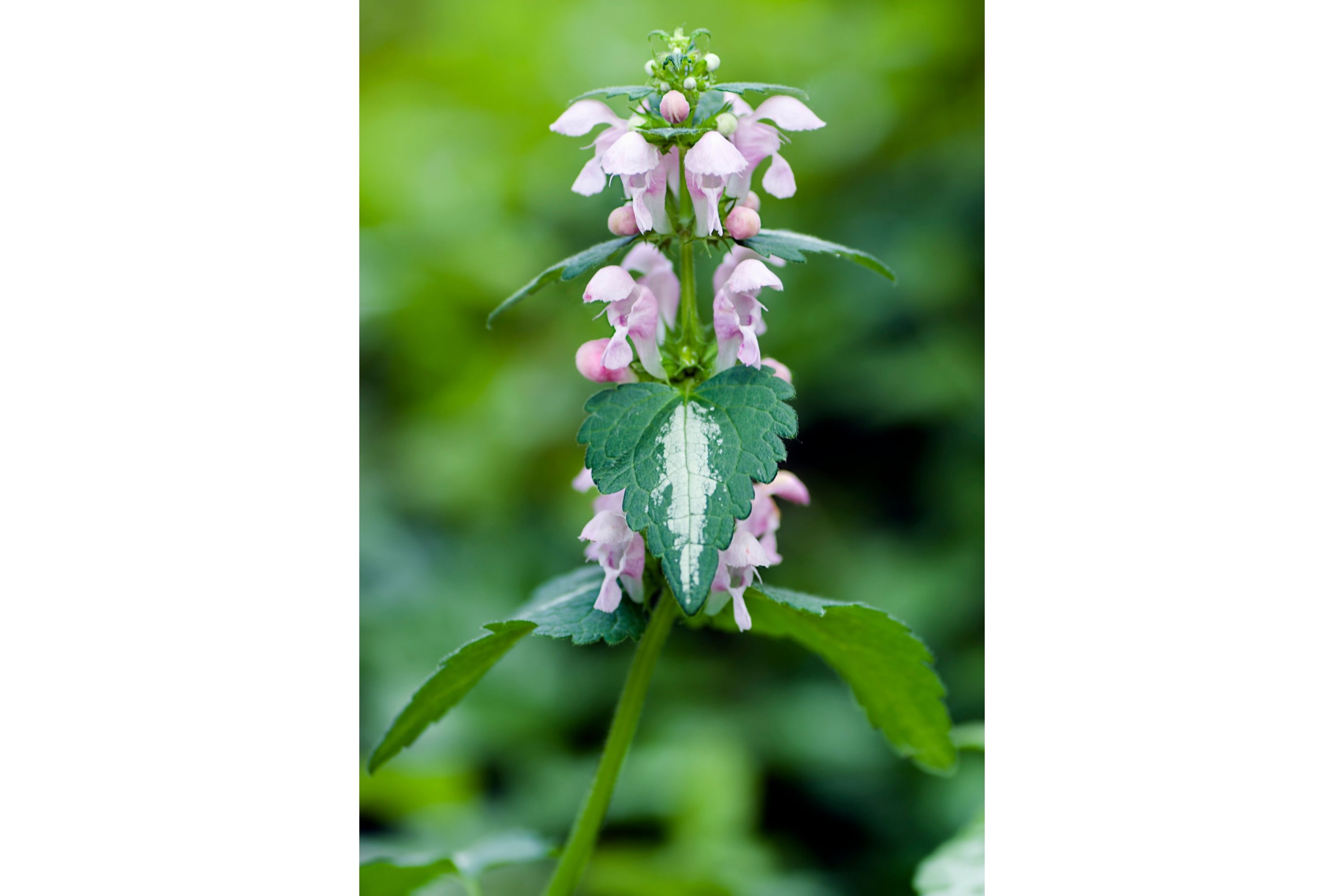Wand buckwheat
(Eriogonum roseum)

Description
Eriogonum roseum is a species of wild buckwheat known by the common name wand buckwheat. It is native to much of western California and the Sierra Nevada foothills, as well as parts of Oregon, and it is widespread and common in several plant communities. Eriogonum roseum is an erect annual herb reaching maximum heights of well over half a meter (2 feet). Small oval leaves are located at the base of the plant and the inflorescence is slender and has few erect branches. Flower clusters are located at nodes evenly spaced along the wandlike branches. The flowers are white or shades of yellow, pink, or both. Eriogonum is a genus of flowering plants in the family Polygonaceae. The genus is found in North America and is known as wild buckwheat. This is a highly species-rich genus, and indications are that active speciation is continuing. It includes some common wildflowers such as the California buckwheat (Eriogonum fasciculatum). The genus derived its name from the Greek word erion meaning 'wool' and gonu meaning 'knee or joint'. The author of the genus, Michaux, explained the name as describing the first named species of the genus (E. tomentosum) as a wooly plant with sharply bent stems ("planta lanata, geniculata"). Despite sharing the common name "buckwheat", Eriogonum is part of a different genus than the cultivated European buckwheat and than other plant species also called wild buckwheat. It came into the news in 2005 when the Mount Diablo buckwheat (Eriogonum truncatum, believed to be extinct) was rediscovered.
Taxonomic tree:







